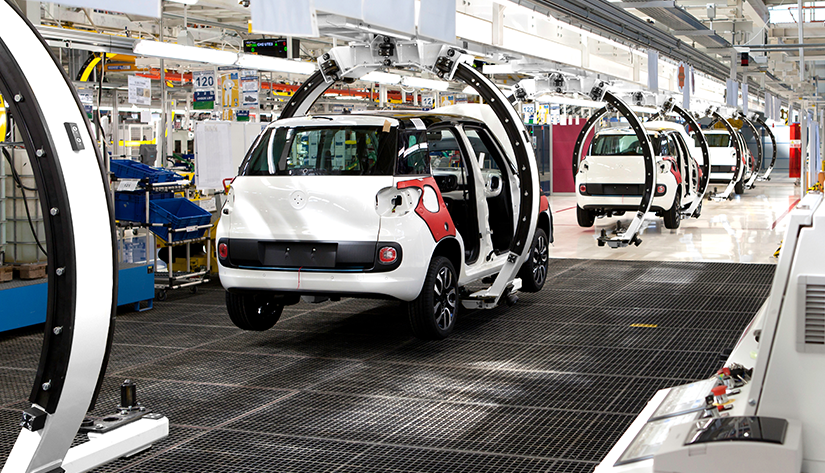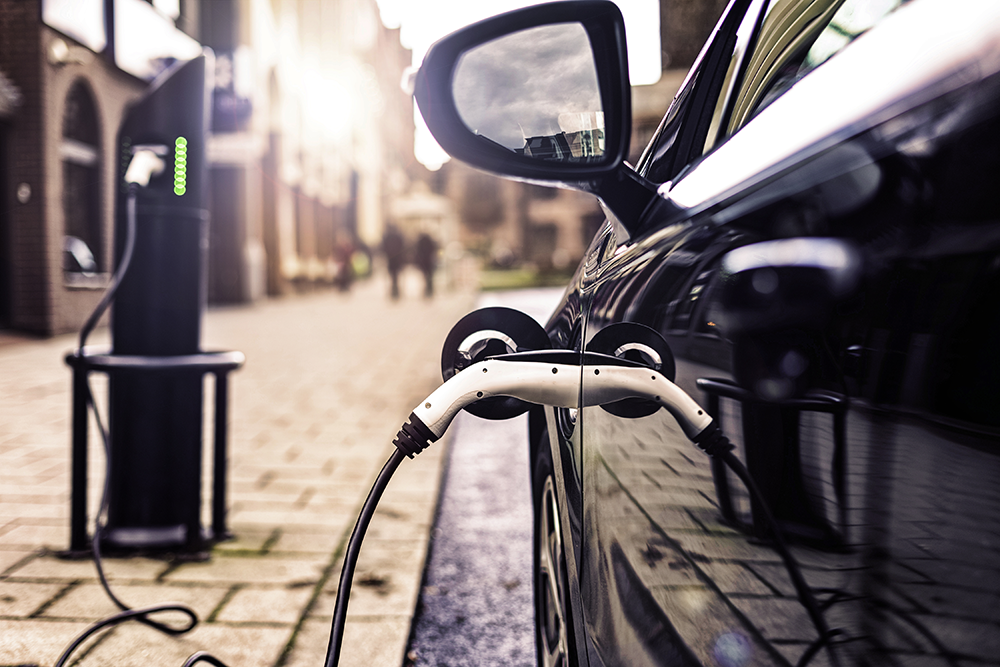- 2019/02/25
- 7 min
-
3
The European automotive market doing an about-turn

In all European countries, after the summer peak in sales associated with changes in type-approval standards (WLTP), the market for new vehicles has slown down. Nonetheless, over the first ten months of 2018, registrations remained 1.6% up compared with the same period in 2017 within the European Union. They were up 5.7% in France and 1.4% in Germany. In contrast, they were down 3.2% in Italy. In Portugal, the market had returned to its pre-crisis level showing growth of 4.5% compared with 2017.
Incentives needed to boost sales
Behind these disparities, the existence – or not – of incentives to buy. So, in Italy, in the absence of subsidies to alleviate a negative economic situation, consumers put off making their purchase. In France, the increase in registrations was based on the conversion premium, which encouraged the scrapping of “old” vehicles. In Germany, as in Portugal, the sector was driven by companies that benefited from the pricing efforts granted by manufacturers.
"In Portugal, due to taxes, the price of a new car is much higher than elsewhere in Europe. The market was lifted to 60% by fleet managers, rental companies and small and medium businesses, encouraged by the significant reductions applied by car manufacturers."
The conversion premium, driving force on the French marketSince 2015 in France, a State-funded conversion premium encourages the replacement of “old diesel vehicles” by cars that are less polluting. With success: from 75% in 2012, “diesels” now represent only 47.3% of registrations. In 2017 and 2018, the government eased the criteria for obtaining the premium, and extended it to second-hand vehicles. Result: in 2017, second-hand vehicles less than two years old made up 66.17 % of the transactions, with a volume up by 7.48%. In addition, a record 18,000 electric vehicles were registered between January and June 2018. |
A second-hand market still very much alive
On average, two vehicles out of three are purchased second-hand. In Portugal, this market totalled more than 800,000 vehicles sold (versus 260,000 new), purchased 95% by private individuals. The trend, identical across all countries, confirms the powerful upswing for recent models.
"In France, 5.67 million second-hand vehicles were sold in 2017, i.e. more than twice as many as new vehicles (2.11 million). Vehicles less than two years old predominated."
Italy was an exception to the rule, with sales down 2.5%.
Green trends
The backlash against diesel engines was confirmed: in France, the acquisition rate fell below the 50% mark, and in Germany below 30%. The trend was of benefit to gasoline engines for which sales increased by almost 20%. Market share for so-called clean engines (100% electric and rechargeable hybrids) remained marginal, bordering on 2%. However their sales have taken off – +40% versus 2017 – and the symbolic threshold of one million vehicles in circulation has been crossed.
"The access restrictions decided on by some cities, such as Milan (Italy) or Hamburg (Germany), have produced a real impact on the acquisition and residual value of vehicles. These contribute in particular to the decline in interest for diesel vehicles. That being said, the electric car is nowhere near dethroning the combustion engine."
Indeed, there are many disincentives to the purchase of an all-electric vehicle: uncertainties in relation to residual value, battery range that is still limited and insufficient public availability of recharging terminals.


